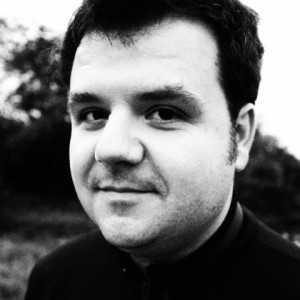 Ion Popian was born in Romania in 1983 to internationally recognized artist parents. His mother, Lucia Popian, is a muralist and painter; his father, Gabriel Popian, is a monumental sculptor.
Ion Popian was born in Romania in 1983 to internationally recognized artist parents. His mother, Lucia Popian, is a muralist and painter; his father, Gabriel Popian, is a monumental sculptor.
After the Romanian Revolution of 1989, his family emigrated to Rome, Italy, where his parents worked on historic preservation and various artistic endeavors. Ion was always part of his parents’ experiences and built up an affinity for the historical context of human cultural art and the social attitudes of diverse cultures.
In 1990 Ion and his parents moved to Sydney, Australia, by invitation of the Australian government to work on architectural and monumental restoration, conservation and preservation projects. Ion worked for his parents as an assistant during this time and received the Youngest Archaeological Conservator award for his work on Hyde Park Barracks, an old prison-turned-museum.
In 1998 Ion and his family permanently settled in New York City. Ion graduated from the Pratt Institute in 2007 with a bachelor’s degree in architecture and later earned his master’s degree in architecture from the Academy of Art University in 2012.
Ion currently works in New York City on design-build projects and historic architectural conservation. He is an artist, sculptor and painter, and his work has been recognized by the city on numerous occasions. Ion attributes his success to his parents, who taught him at a collegiate level from an early age and never made learning seem like a chore, but rather like an incredible adventure.
Ion takes the design process very seriously. His approach to architecture is very cerebral with a philosophical analysis of perceived realities. His master’s thesis, “Magical Realism,” tries to understand subconscious systems and networks of behavior by analyzing dualistic societies and their understanding of nature and its cause. Understanding common collective conscious networks, Ion creates an architectural threshold in the interstitial space between common synaptic links. Taking common behaviors that transcend cultural dogma and social aesthetics, Ion creates architecture that is monolithically monumental in aesthetic, while at the same time obtaining a temporal and ephemeral quality, becoming an axis mundi of culture.